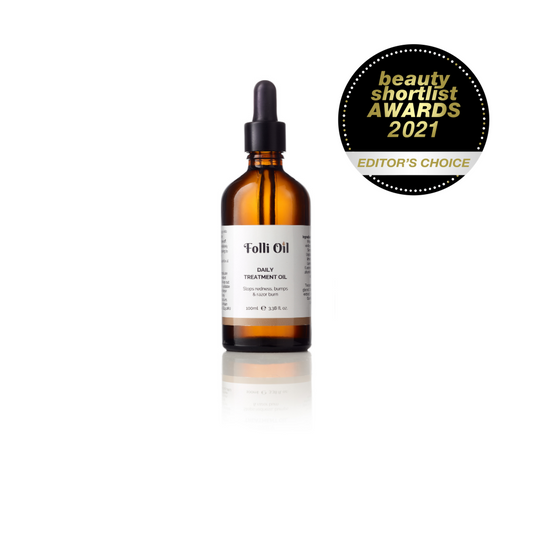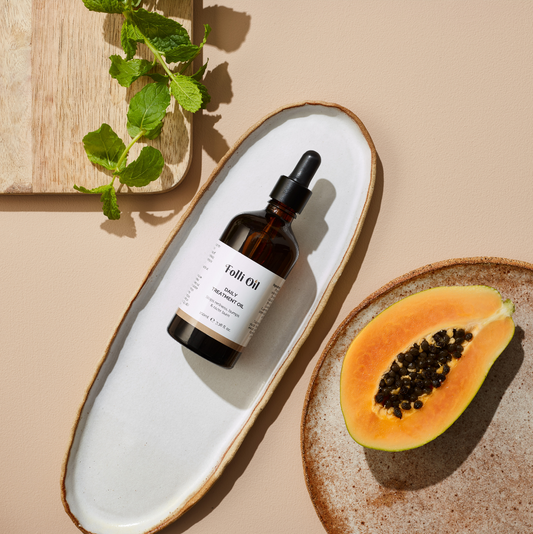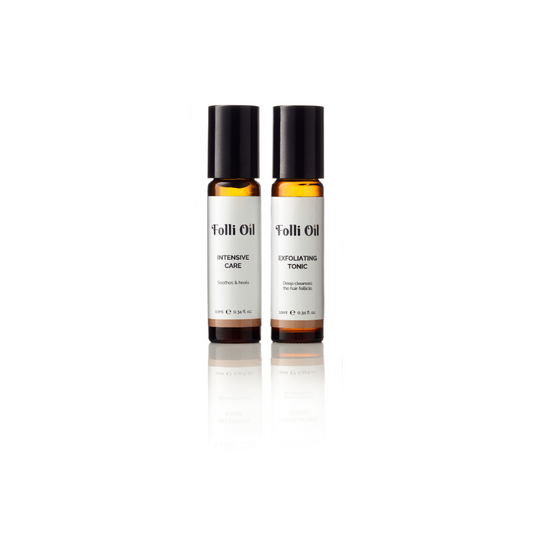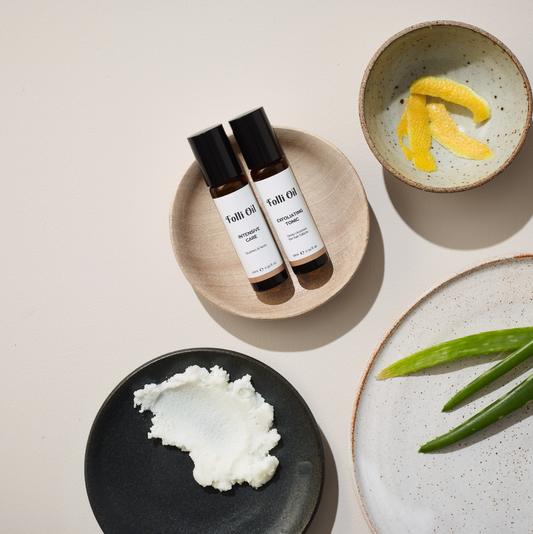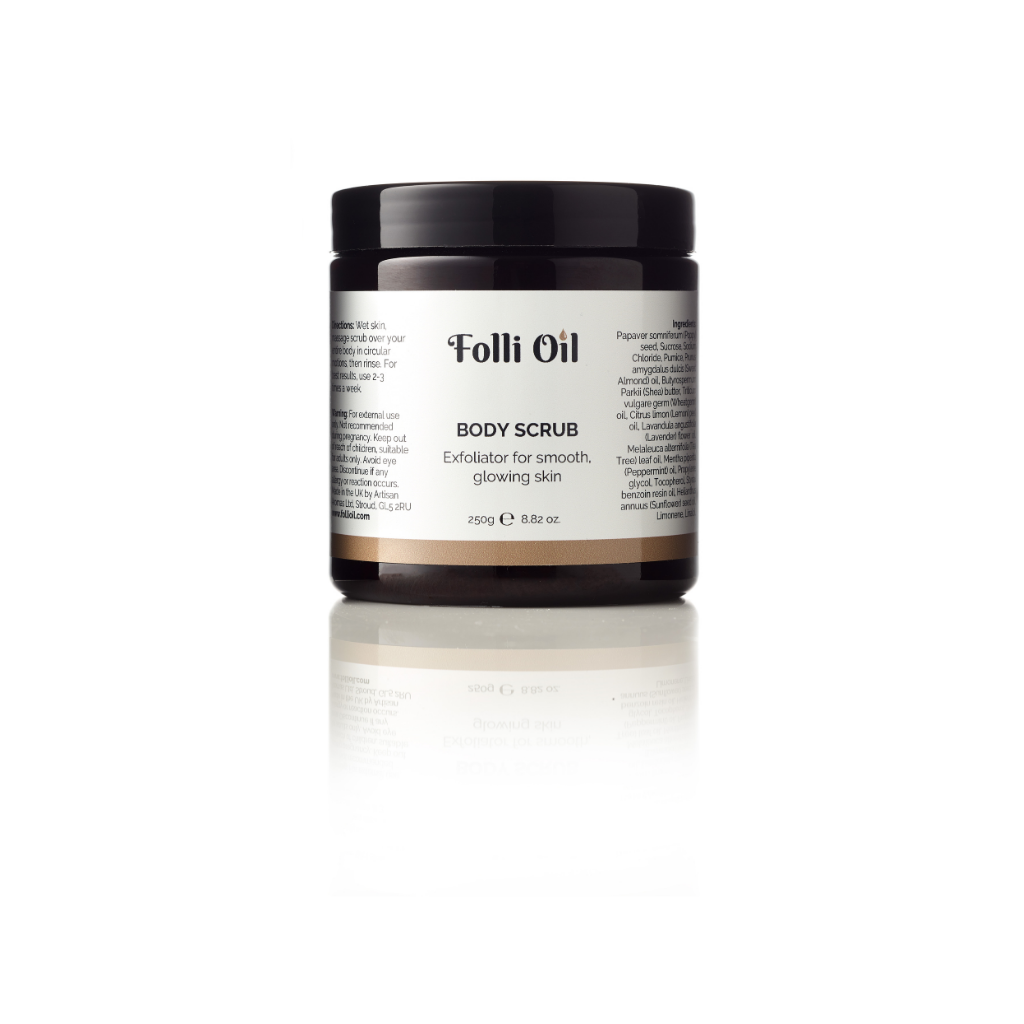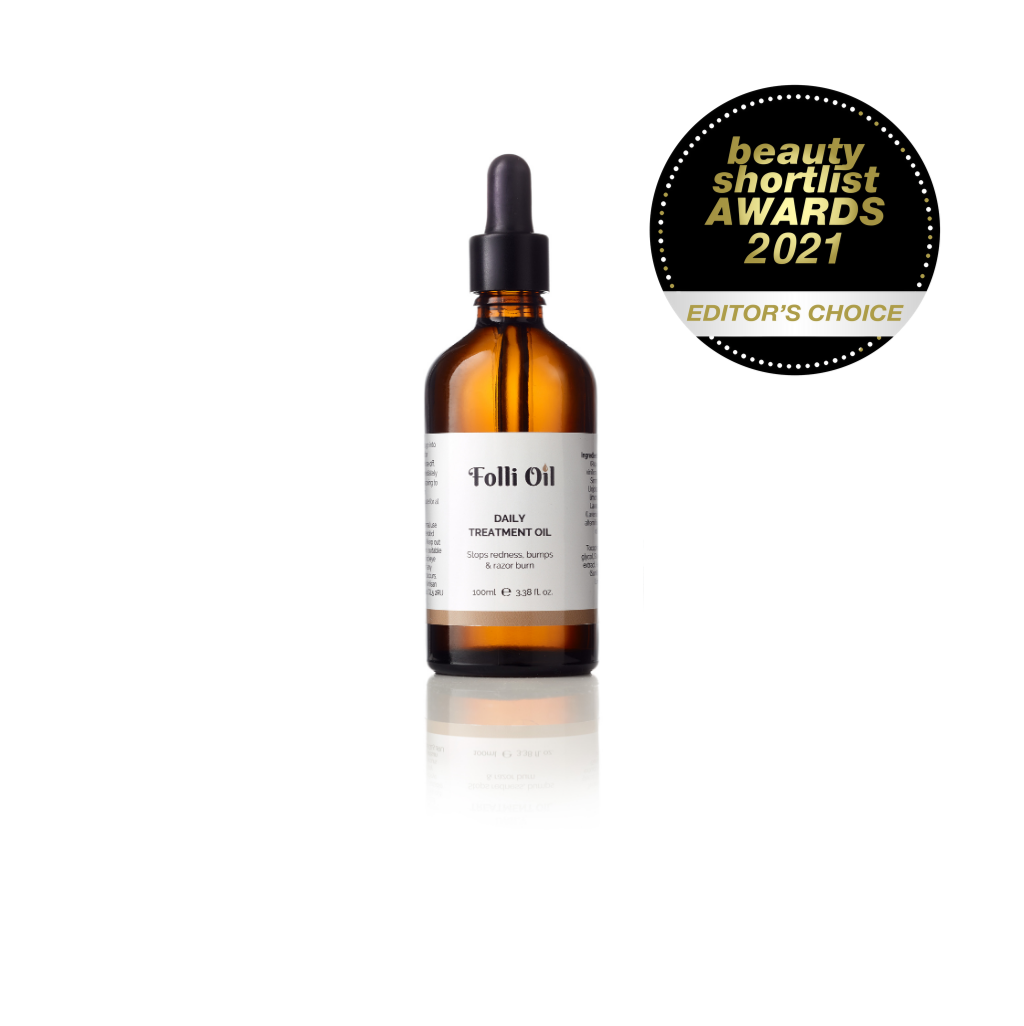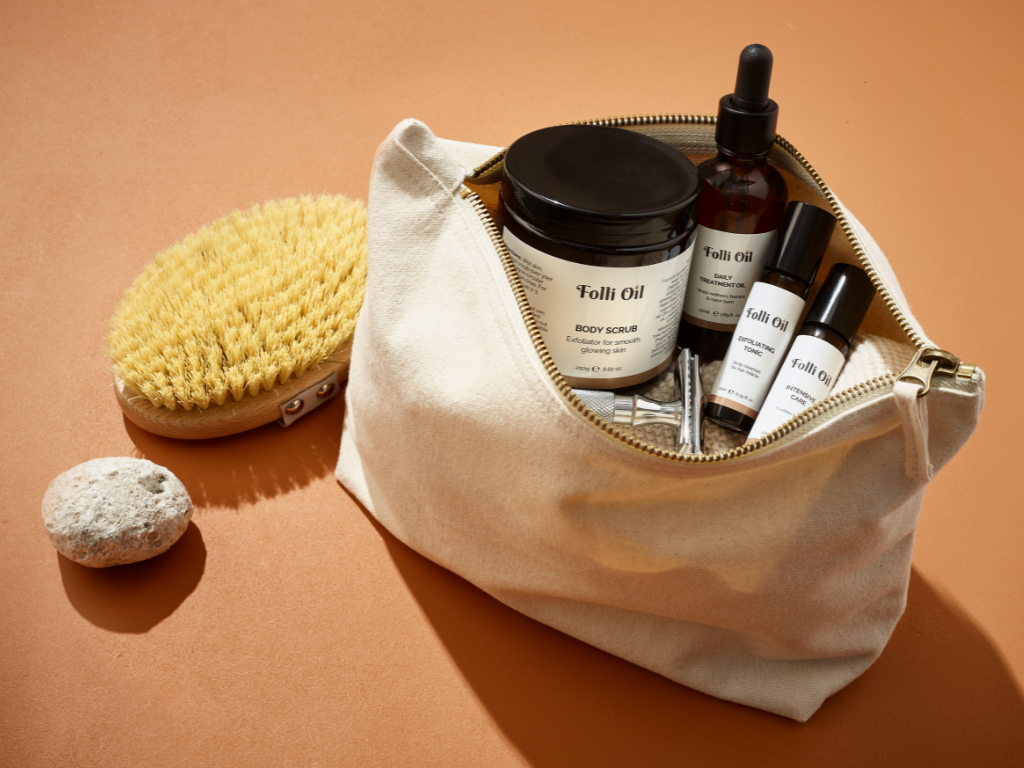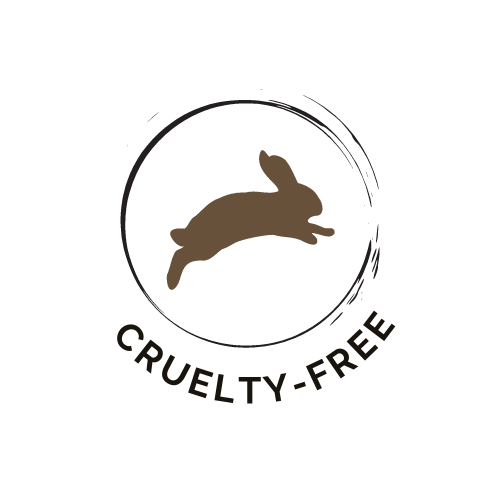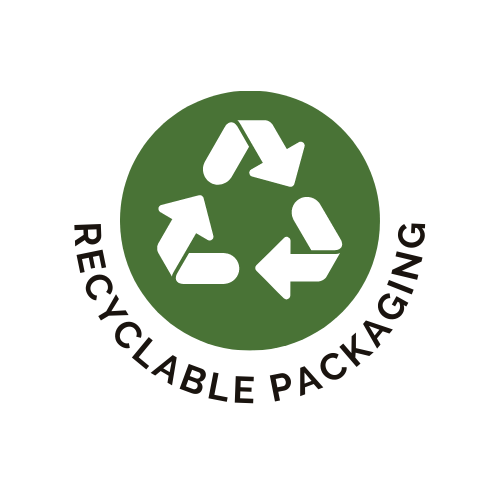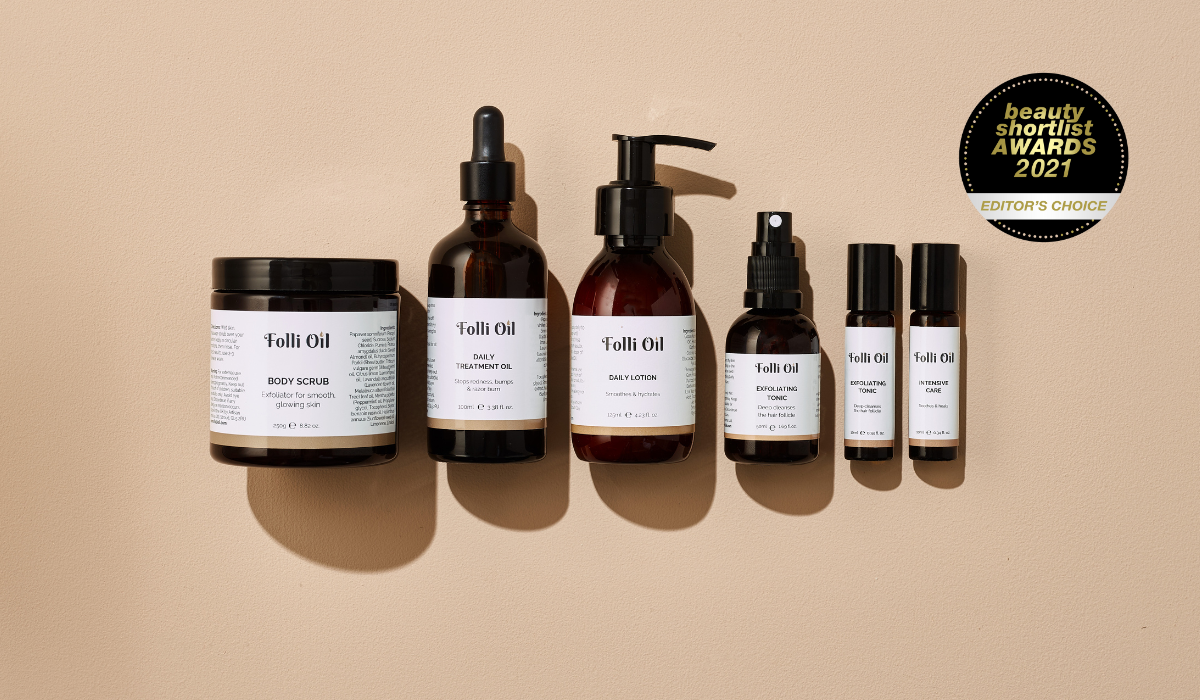
Feel confident in your skin
Tired of painful shaving rash, razor burn, bumps, redness and ingrown hairs?
We've got a solution for you.
We're the UK's go-to skincare brand for providing relief from irritation caused by shaving and waxing.
Our award-winning products are specially formulated to soothe and nourish your most sensitive areas, leaving you feeling comfortable and confident.
100% Vegan and cruelty-free, our carefully crafted formulas are free from harsh ingredients, making them safe and gentle for all skin types.
We're not just another impersonal, skincare brand; we're a small, indie UK business with a big heart. We provide tailored advice that’s just right for you. Plus, with our no-risk, money-back guarantee, you can try our products with complete peace of mind.
Try Folli Oil today and experience the difference!
Our best sellers
-
Daily Treatment Oil
Regular price From £25.00 GBPRegular priceUnit price / per£0.00 GBPSale price From £25.00 GBP -
Emergency Fix
Regular price £28.00 GBPRegular priceUnit price / per -
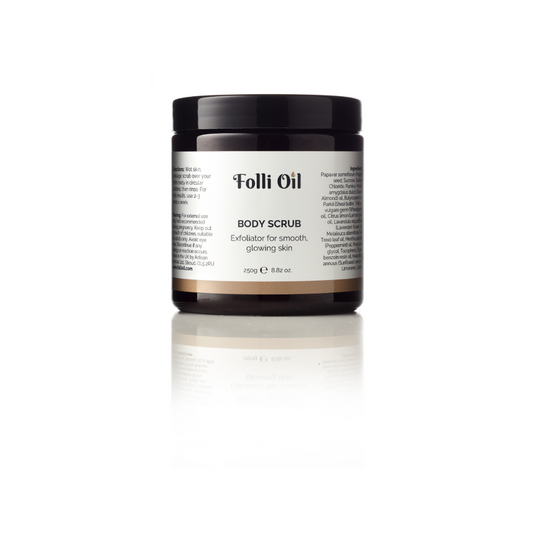
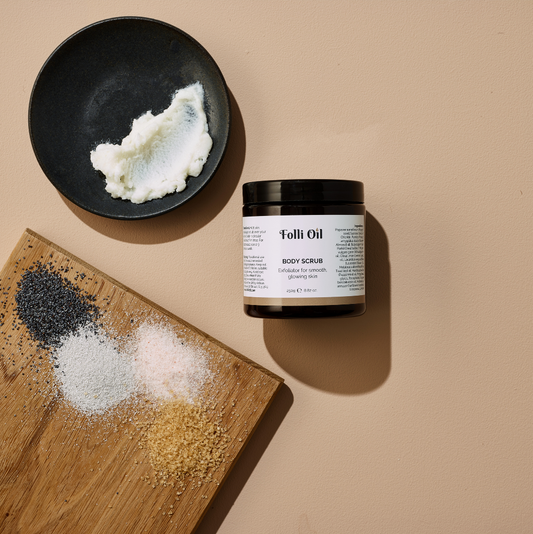 Sold out
Sold outBody Scrub
Regular price £20.00 GBPRegular priceUnit price / per£0.00 GBPSale price £20.00 GBPSold out
1
/
of
3
1
/
of
3
1
/
of
5

